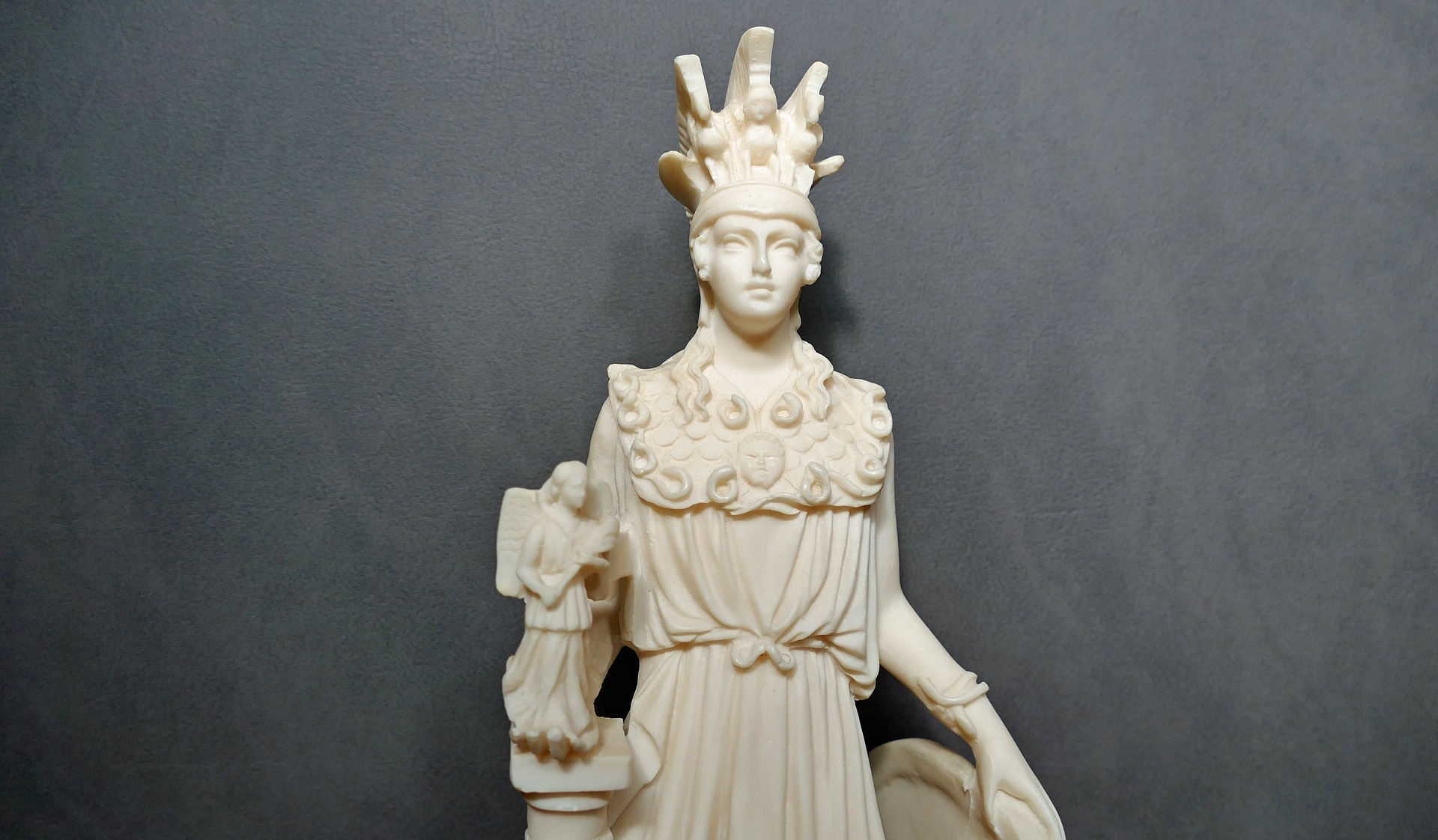Sustainable Craftsmanship With Centenary Looms From the Alpujarra of Granada in Spain
Country of the crafting: Spain
Region of the crafting: Andalucía
Town of the crafting: Alpujarra
Type of the crafting: Textile
1. Geographic Area
The Geographic al Area of the craft of the Alpujarra is Granada, Andalusia, Spain.
At present, throughout the Alpujarra we can find textile looms such as those of Válor, Pampaneira, Mecina Bombarón, Ugíjar or Sorvilán, in which colorful Alpujarreño fabrics are worked by hand and where carpets, blankets and cushions of very different shades are made.
2. History
The origin of the jarapa dates back to the 16th century with the expulsion of the Moorish population of the Alpujarra.
The looms used by the Arabs to weave silks were adapted and reused by the population that stayed in the Area . Years before the revolts, the Alpujarra had one of the most important silk markets in Spain and 4,000 looms were registered.
The entire Arab artisan industry declined with the expulsion of the Moors.
A waste economy emerged, taking advantage of everything that was useless for other uses. It highlighted the realization of tissues based on rags, which, interwoven, would become jarapas.
The manufacture of jarapas was a task reserved for women, and was a complement to the domestic economy. Usually, it was the weaver who went to the houses of the neighbors, who gave them a good amount of clews, made up of used clothes and cloth. the result was unique fabrics of bright colors.
Jarapa has had different uses such as blankets, cloths to cover food, to pick olives, and today it is used as carpets and decorative elements.
3. Materials
There are multiple plant and animal textile materials before spinning them such as cotton, linen, wool, jute, etc. also materials used directly from nature.
4. Process
In the process of elaboration the remains of textile factories are used to make the “strips”, with which the balls are prepared to later make the “churros” (special kind of skein that is introduced into the loom shuttle for the strip is weaving). Once the churros are on the shuttles, they move along the loom, between the threads, making the fabric. After finishing it is removed from the loom and the jarapas are cut, some are sewn the sides and others are finished with knots, being ready for commercialization. Although new designs and technique s have been introduced progressively in the manufacture of jarapas, the traditional wide list is one of the most requested.
Sustainable Craftsmanship With Centenary Looms From the Alpujarra of Granada crafting Presentation









